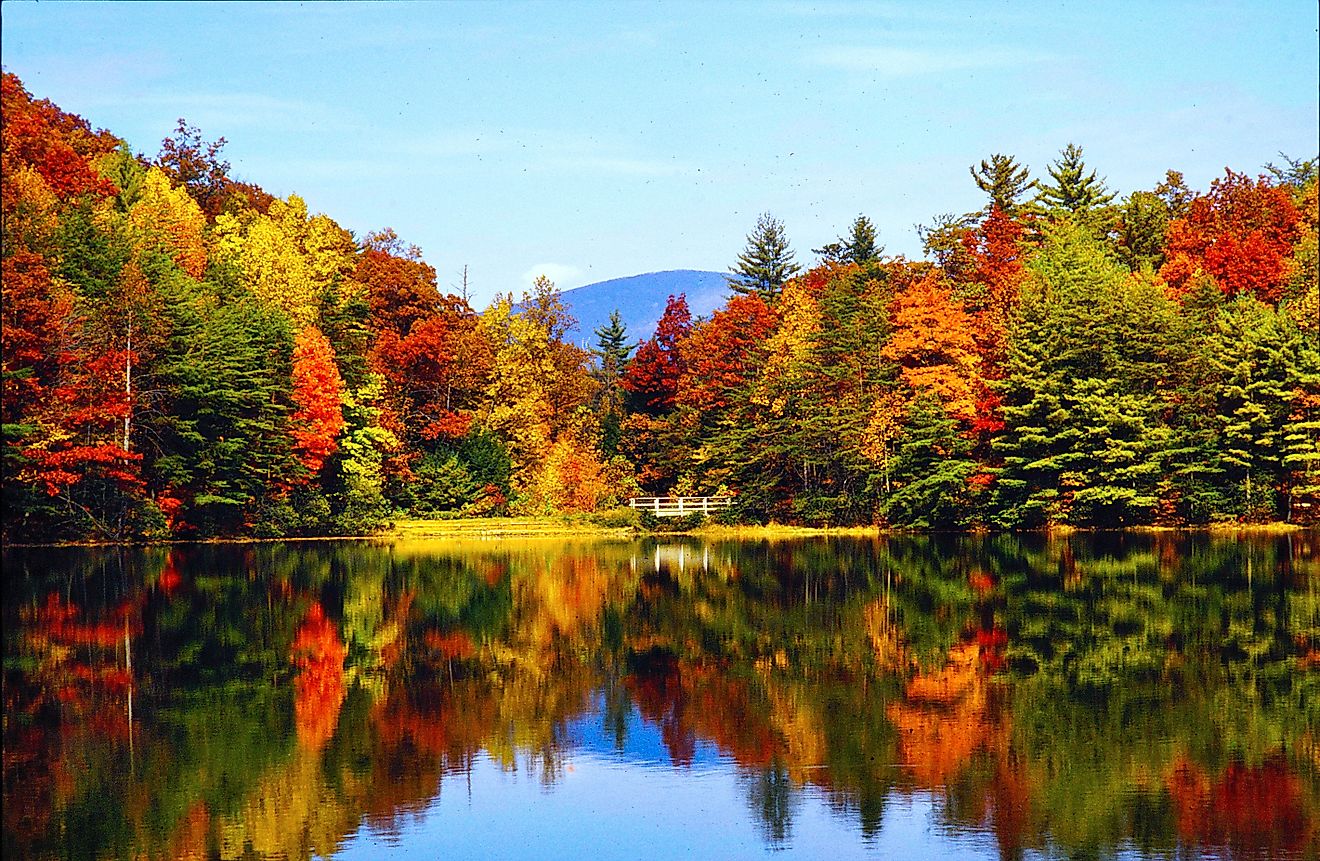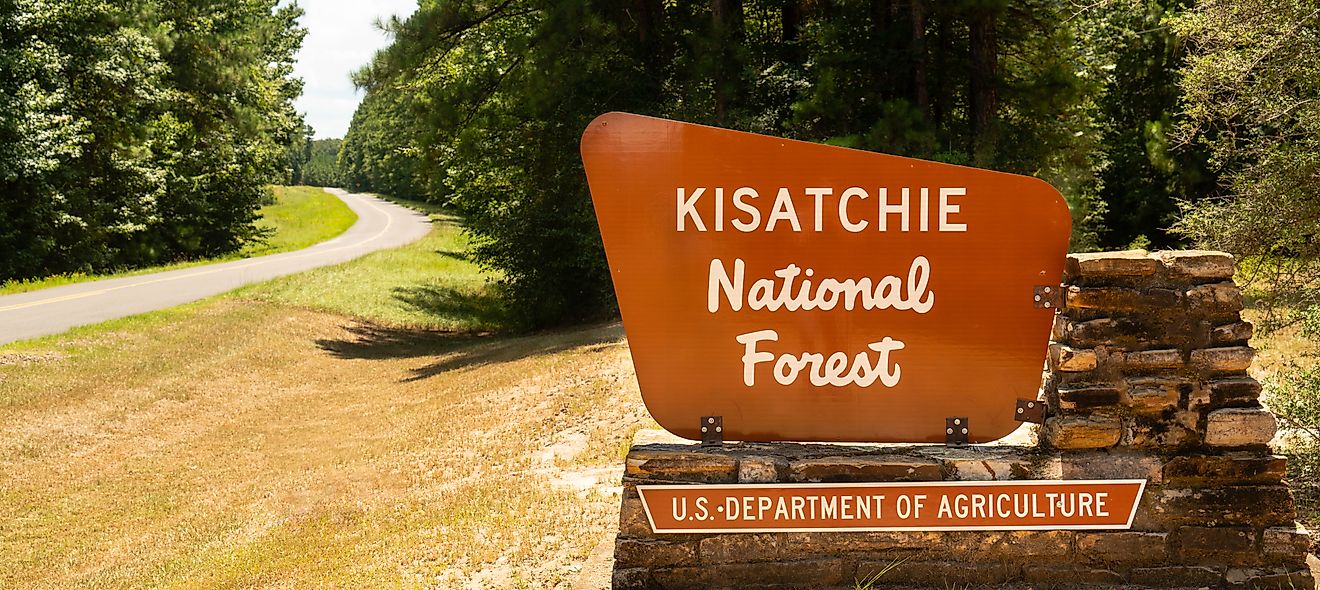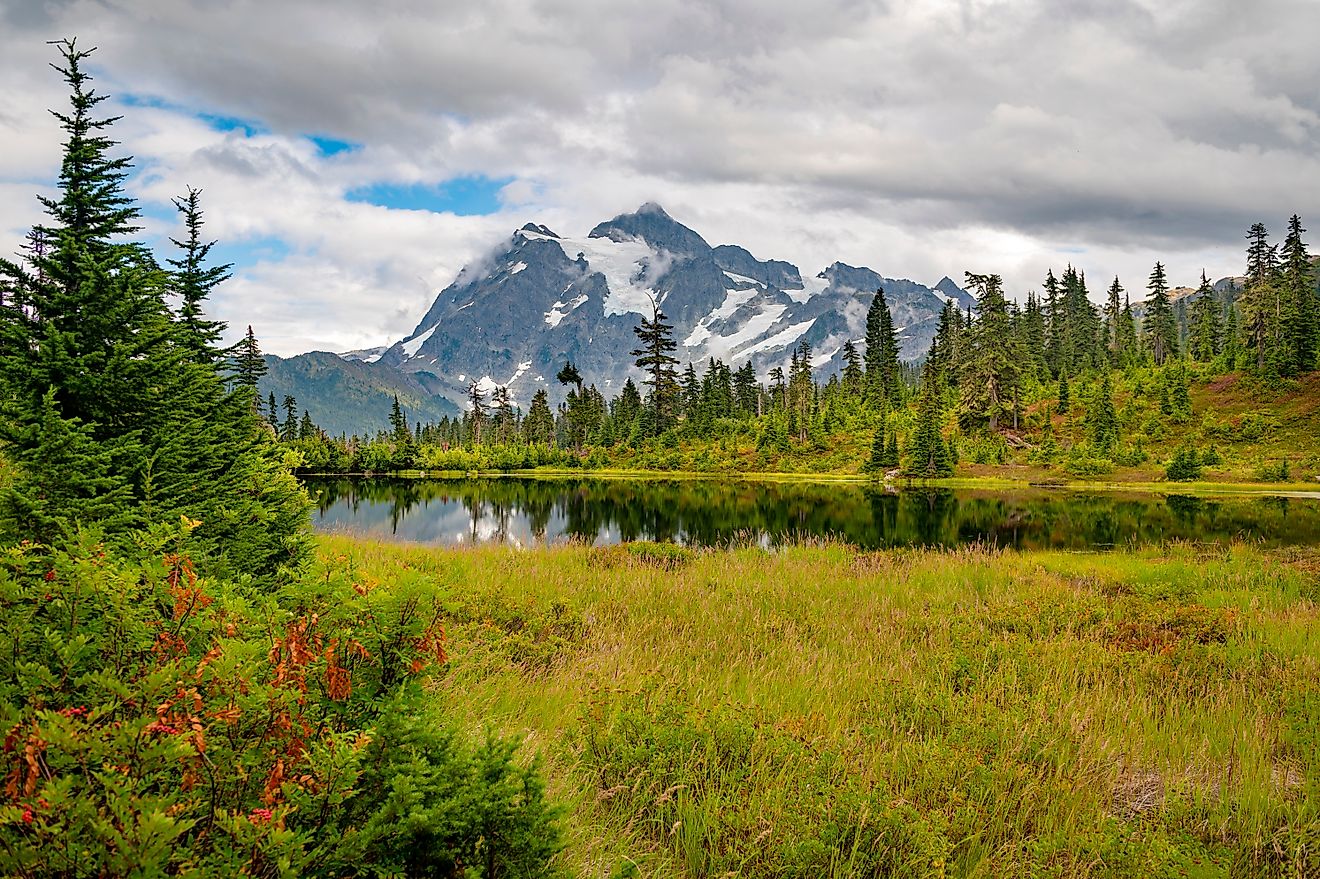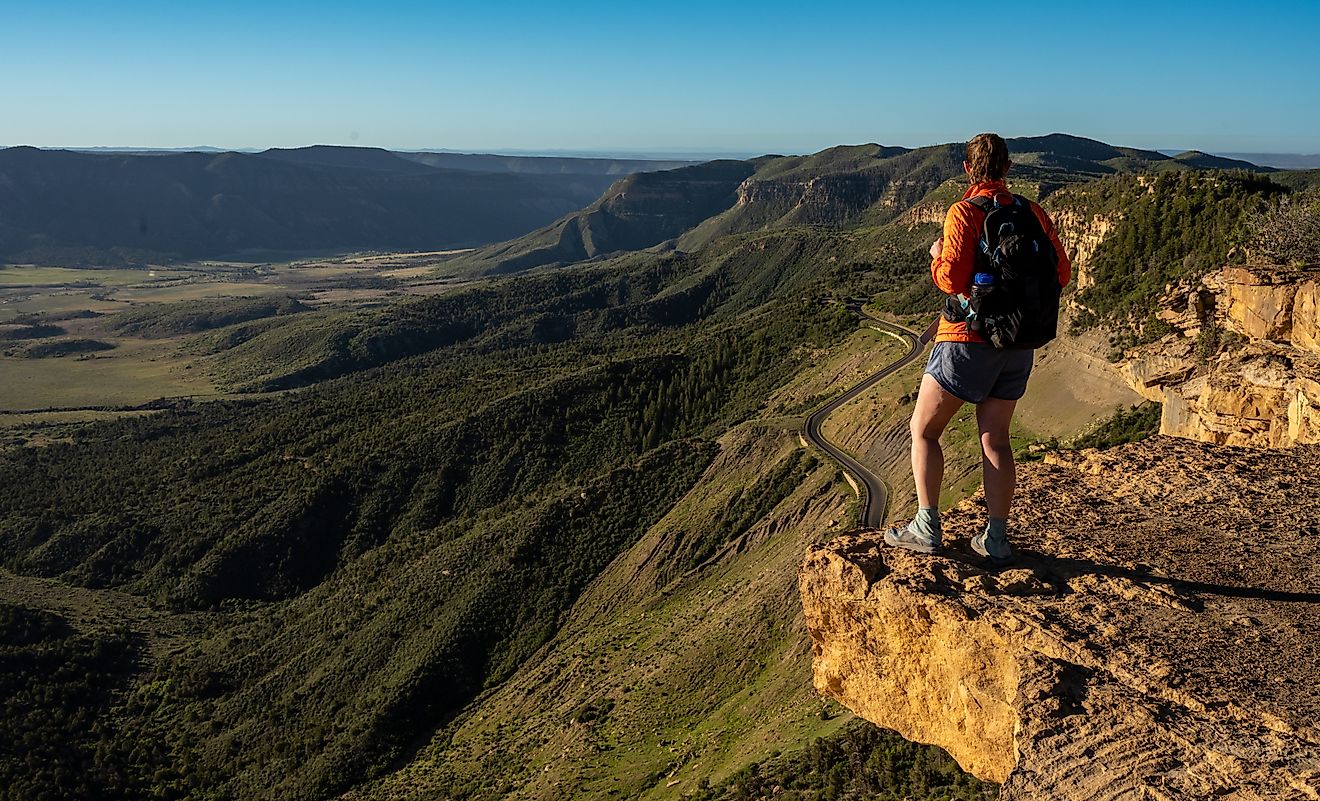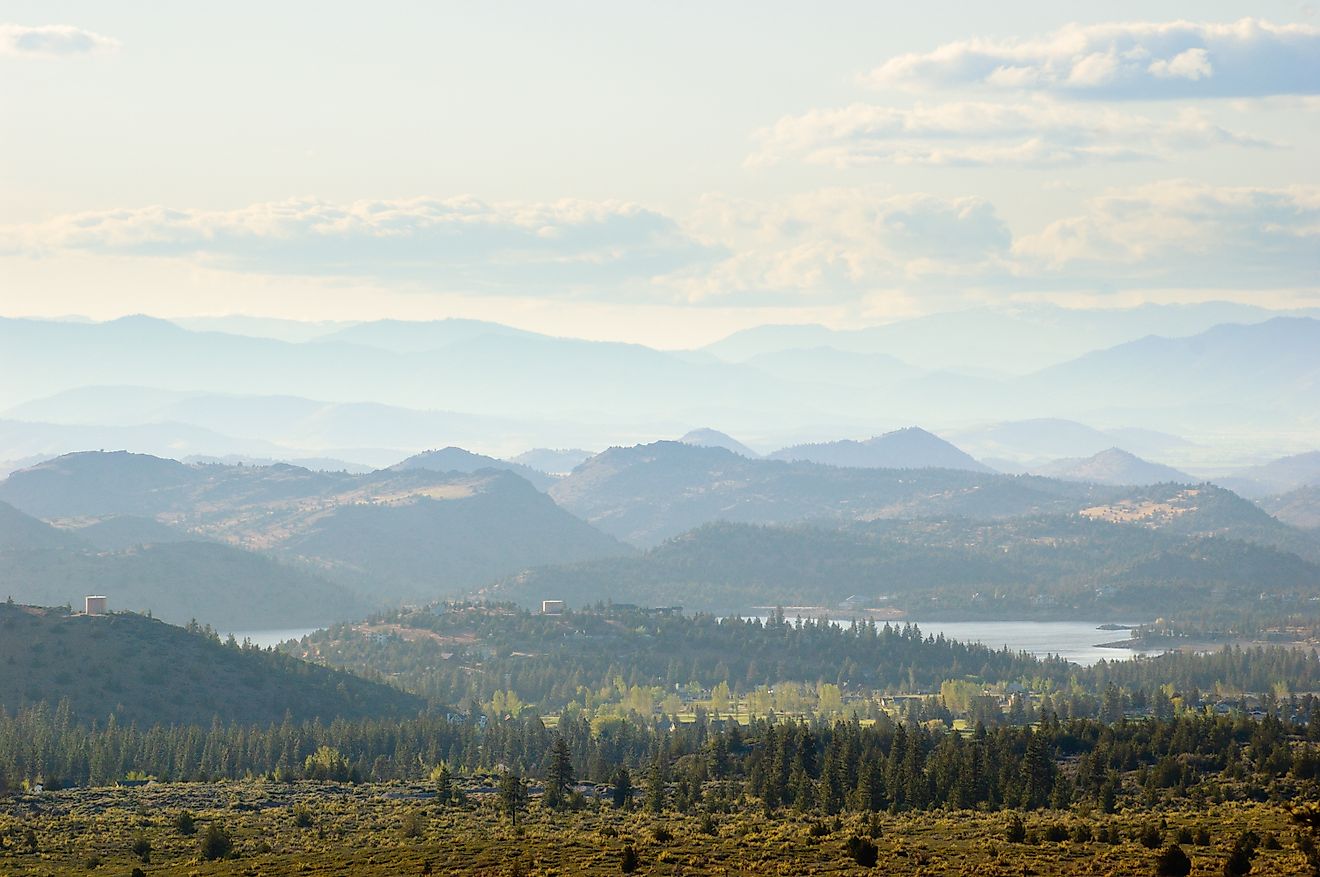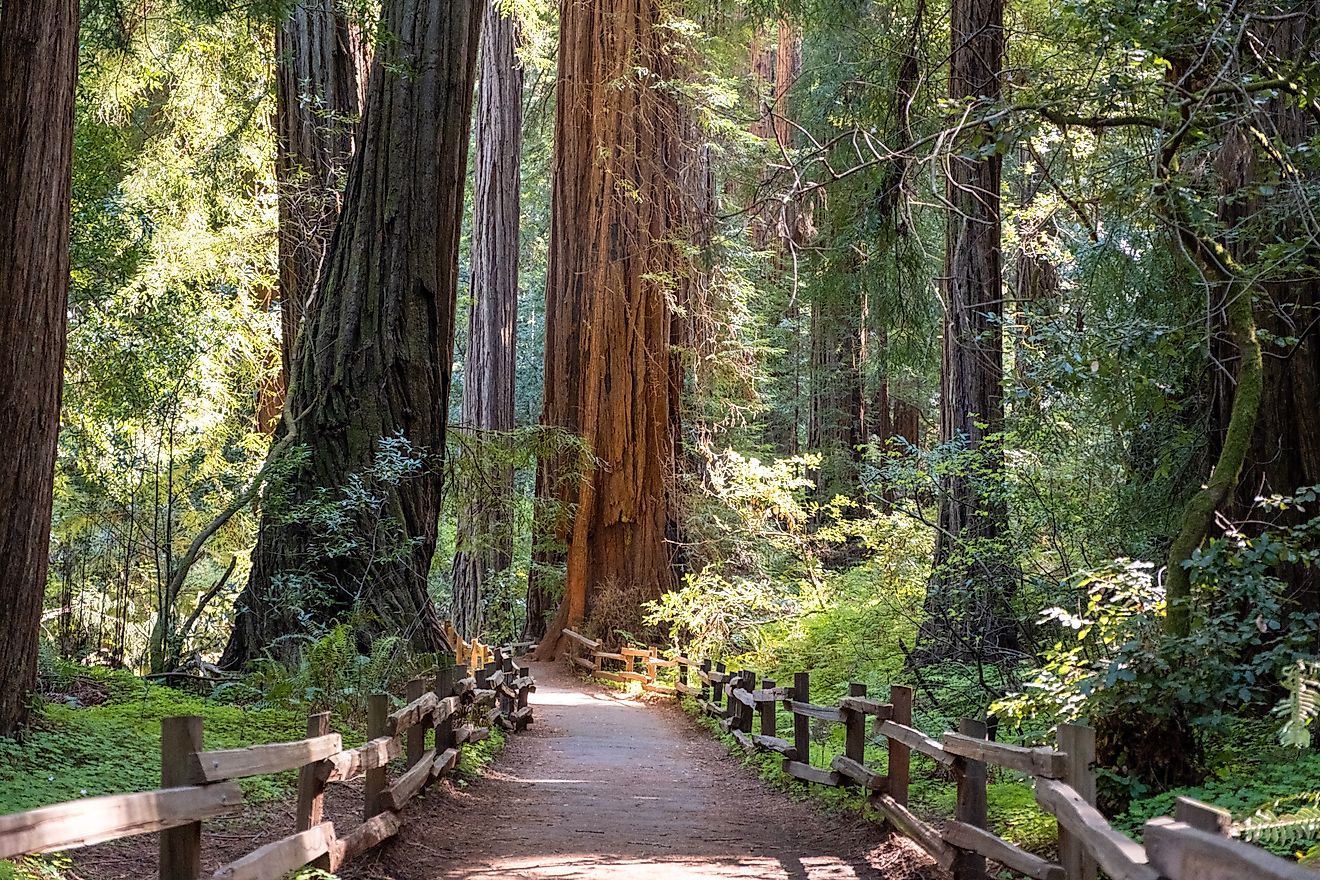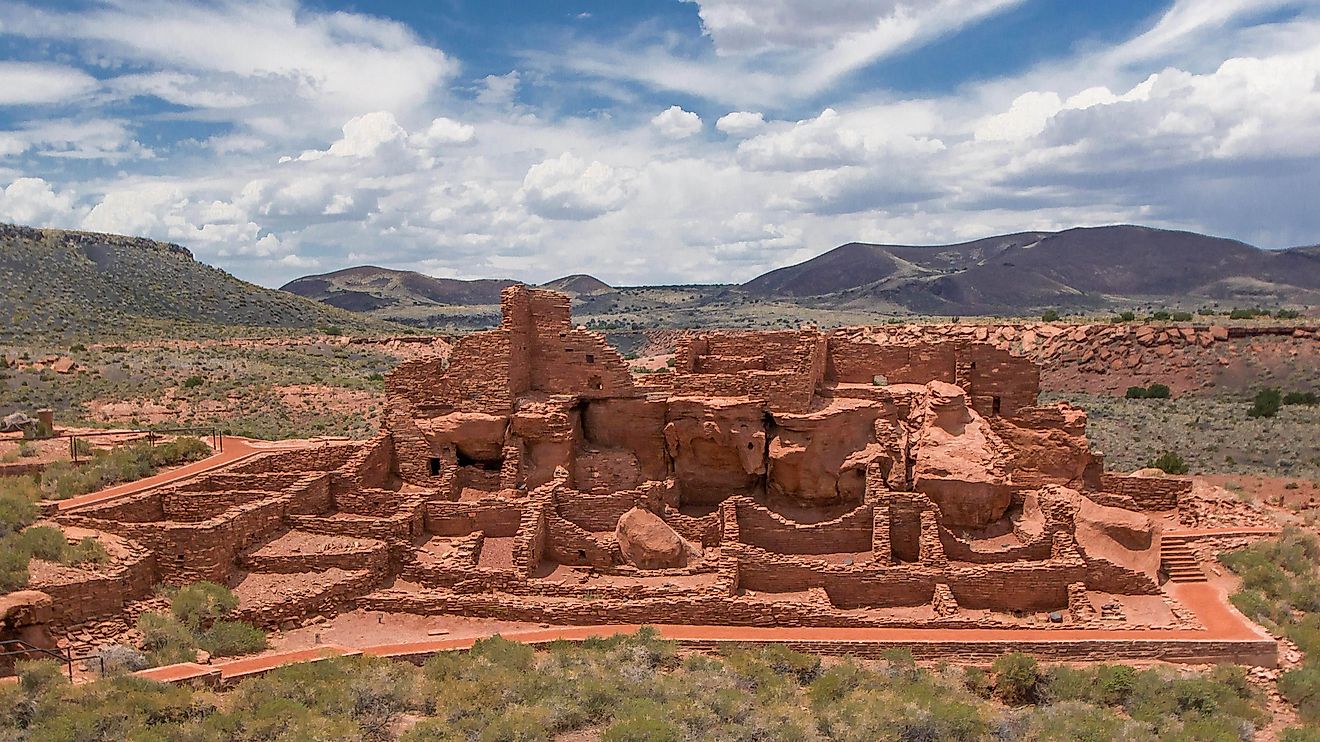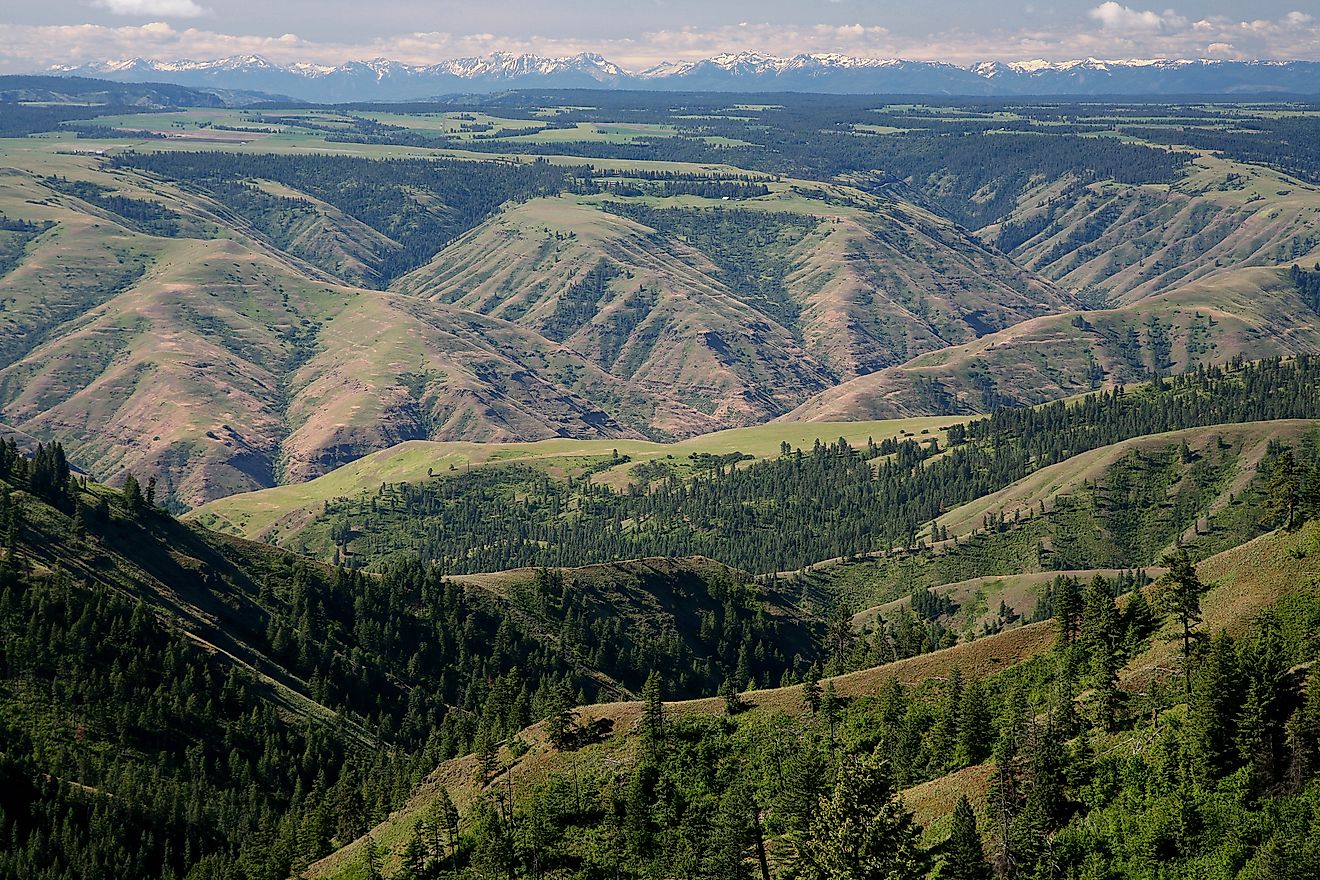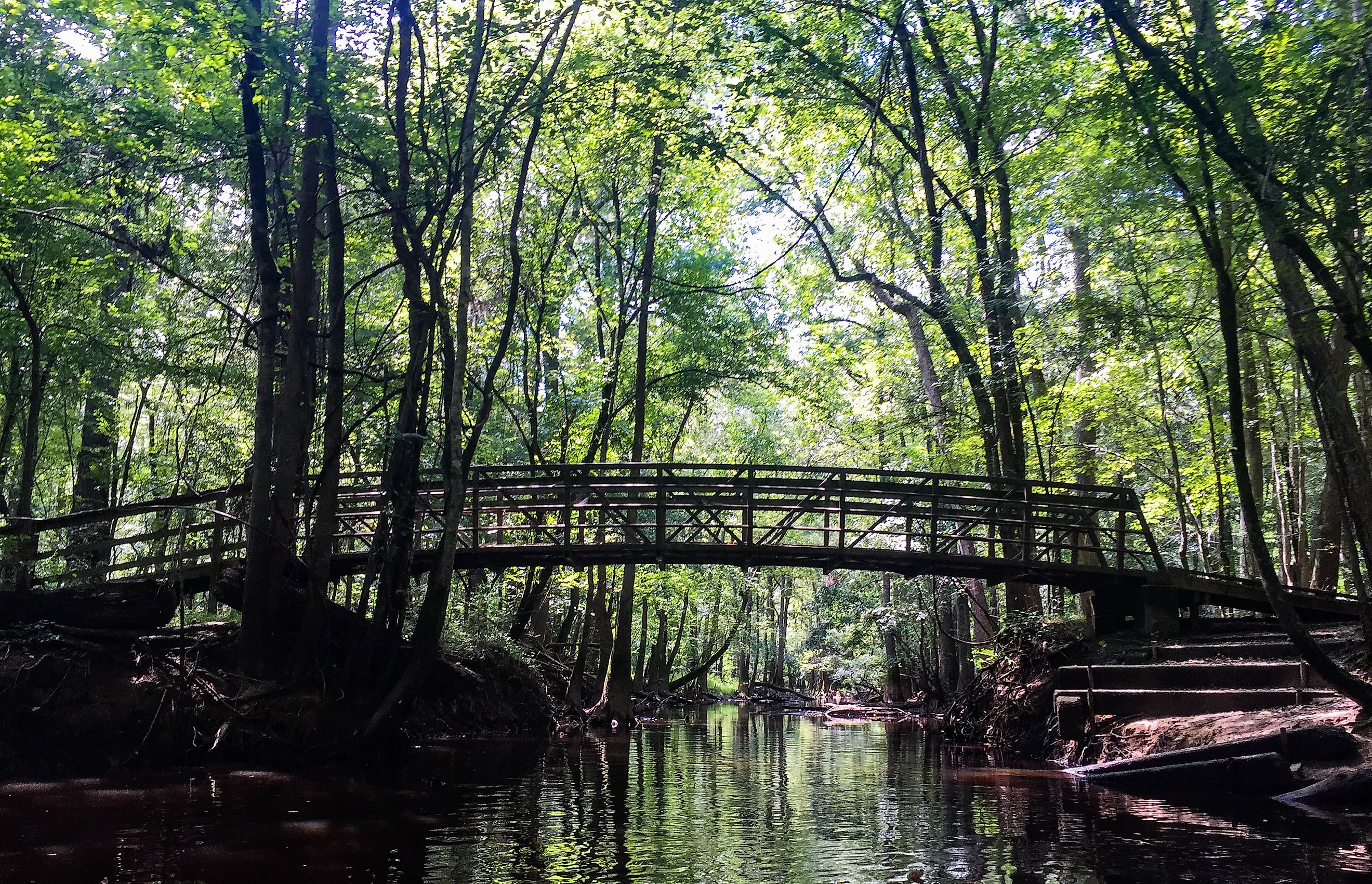
Congaree National Park
In the heart of central South Carolina, just 18 miles southeast of Columbia, lies one of the nation’s least-visited but most ecologically rich national parks. Congaree National Park protects more than 26,000 acres of old growth bottomland hardwood forest—the largest remaining tract of its kind in the United States. This dense, water-fed woodland is home to some of the tallest trees in eastern North America. The Congaree River winds through this vast floodplain, supporting an ancient ecosystem unlike any other.
How a Logging Site Became a National Treasure
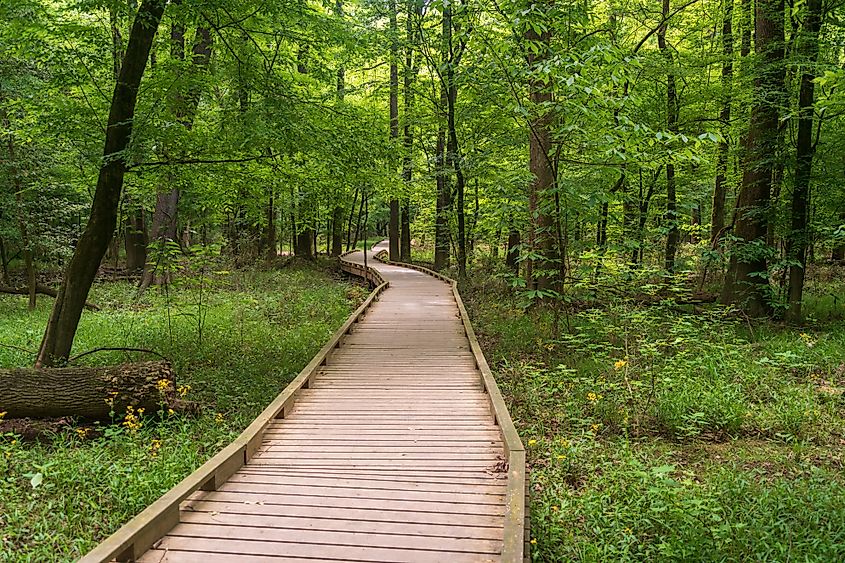
Congaree’s journey from industrial site to protected park is a powerful story of grassroots advocacy and environmental determination.
-
Logging began in 1898 with the Santee River Cypress Logging Company
-
By 1914, operations ceased, but the land stayed in private ownership
-
Conservation efforts in the 1950s and 60s reignited preservation interest
-
In 1976, Congress designated it as Congaree Swamp National Monument
-
It was redesignated as Congaree National Park in 2003, expanding its protected area
What began as a battleground for resource extraction is now a sanctuary of biodiversity and history.
Towering Trees and Ancient Forests
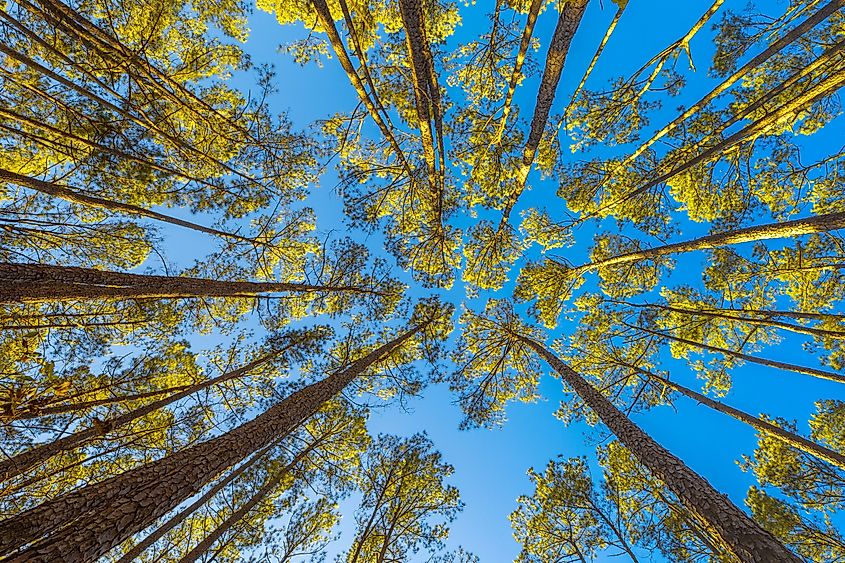
Congaree’s forest is often mistaken for a swamp, but it is a floodplain forest fed by periodic inundation. These waters nourish massive hardwood trees and create ideal conditions for one of the highest forest canopies in North America.
Some of the park's record-setting trees include:
-
A 167-foot loblolly pine
-
A 157-foot sweetgum tree
-
A 154-foot cherrybark oak
-
A 135-foot American elm
-
Cypress trees estimated to be over 500 years old
Congaree has been designated as an Old Growth Forest Network site and a national natural landmark. Its rare, untouched landscape continues to support vital ecosystems that once covered much of the southeastern United States.
Wildlife Beyond the Trees
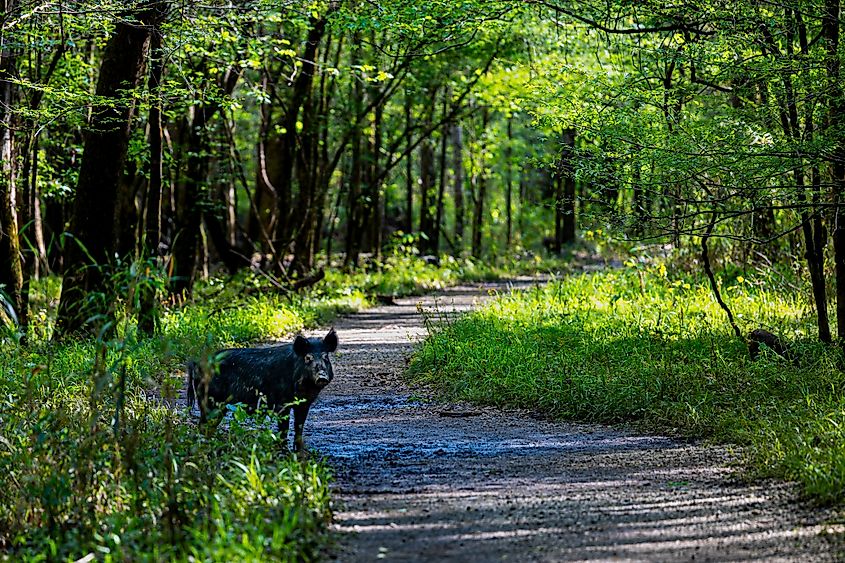
The biodiversity at Congaree extends far beyond its canopy. Wildlife thrives both above and below the waterline.
Common animals in the park include:
-
White-tailed deer
-
Raccoons
-
Bobcats
-
Otters
-
Feral pigs and armadillos
Aquatic life includes:
-
Catfish
-
Alligator gar
-
Bowfin
-
Turtles and various amphibians
The park is also a haven for birdwatchers, offering glimpses of barred owls, woodpeckers, and colorful warblers. Congaree has earned recognition as an Important Bird Area, especially popular during seasonal events like the synchronous firefly displays in early summer.
Trails That Lead Into the Wild
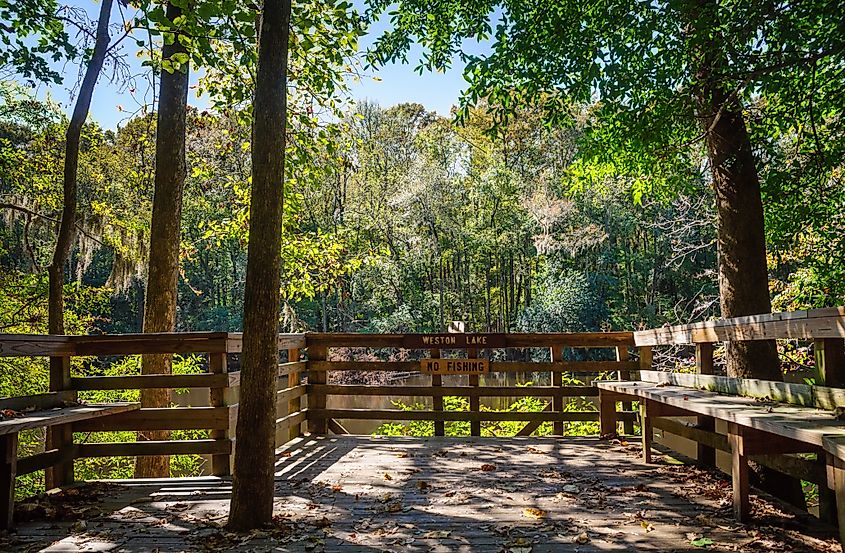
Visitors can explore Congaree through a variety of hiking and paddling routes that offer both accessibility and solitude.
Popular hiking trails include:
-
Boardwalk Loop (2.4 miles): Elevated and accessible, this route offers a perfect introduction to the park’s wetlands
-
Weston Lake Loop (4.6 miles): A moderate trail that winds through sloughs and cypress groves
-
Oakridge Trail (7.5 miles) and King Snake Trail (11.1 miles): Longer hikes offering deep immersion into the park’s interior
Many of these trails reveal tracks from deer, bobcats, and other wildlife. The dense canopy provides natural shade, making even longer treks manageable in summer months.
For those eager to explore by water, the Cedar Creek Canoe Trail provides 20 miles of marked paddling through still backwaters lined with cypress knees and reflected foliage.
Camping Beneath the Canopy
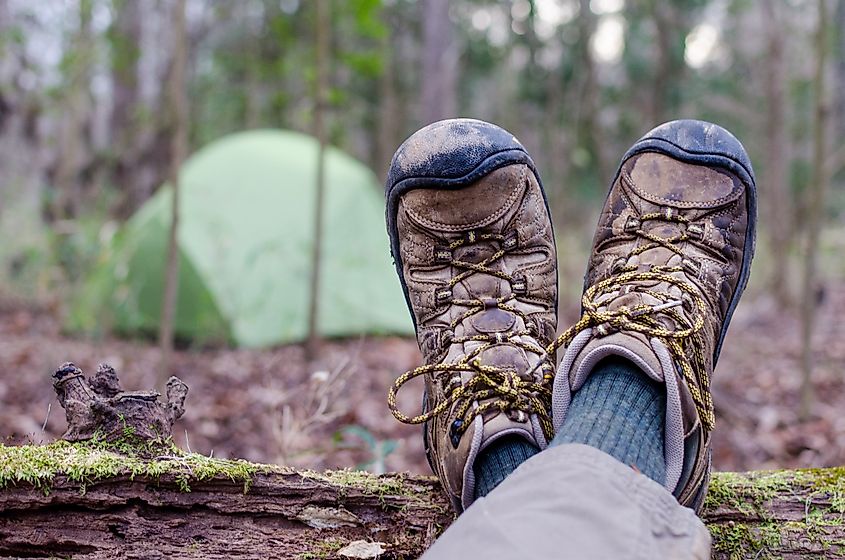
Camping at Congaree offers a rare chance to experience old growth forest in its most raw and immersive form.
-
Primitive campsites are available on designated trails
-
Backcountry camping is permitted with a free permit
-
Fires are allowed only in designated areas
Rangers lead monthly guided hikes through some of the longer and lesser-traveled trails, providing deeper insight into the park’s ecology. The Harry Hampton Visitor Center is the gateway to these experiences, offering trail updates, park maps, and interpretive exhibits.
How the Land Was Formed
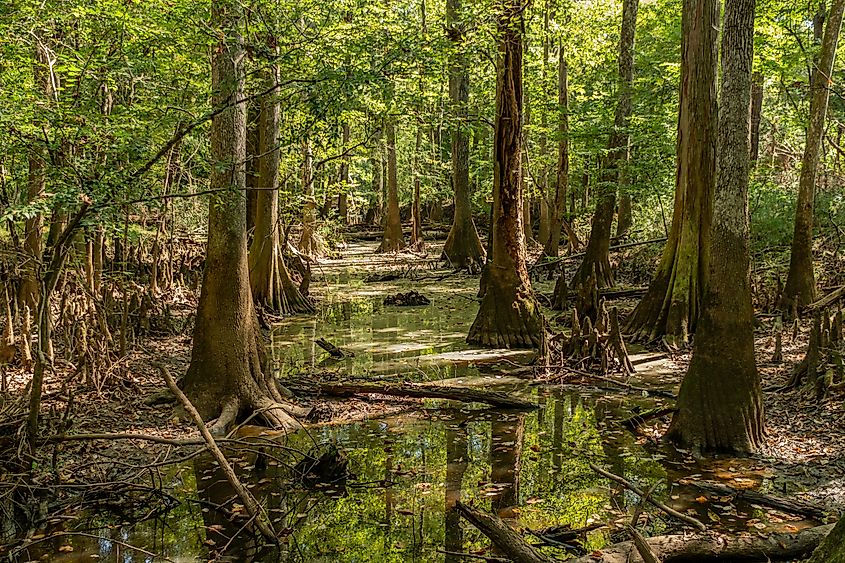
The park’s unique floodplain landscape was shaped by centuries of river movement and sediment buildup. The terrain includes:
-
Sand, silt, and clay deposits from the Congaree River
-
Muck and peat from decaying vegetation
-
Oxbow lakes and natural levees
-
Bluffs and terraces from the Pliocene and Pleistocene epochs
Located near the Fall Line and Piedmont region, the park is geologically diverse. This variety helps support a broad range of ecosystems and habitats within a relatively compact area.
Climate and Seasonal Rhythms
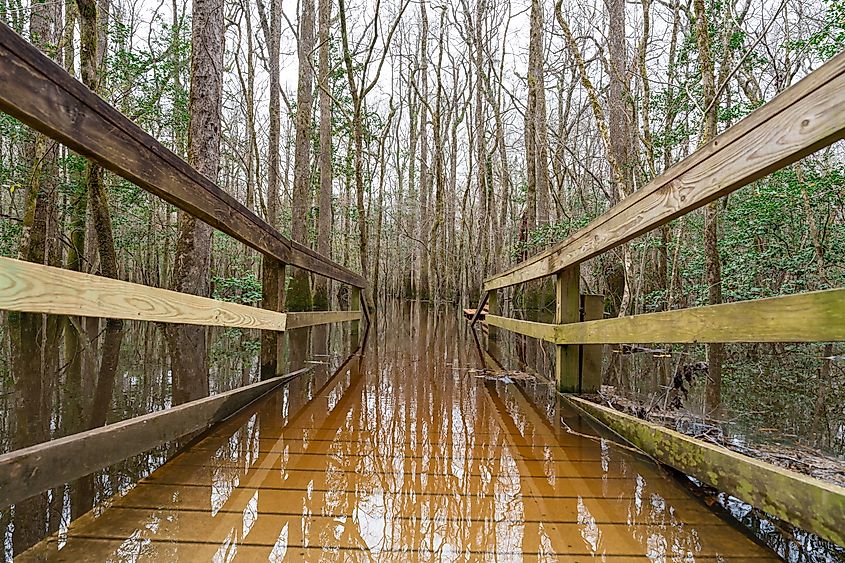
Congaree National Park has a humid subtropical climate. Summers are hot and humid, while winters are generally mild. Seasonal flooding plays an essential role in the ecosystem, delivering nutrients and maintaining the balance of the floodplain forest.
Visitors should plan accordingly, especially during the spring and early summer when water levels can rise quickly.
From Forgotten Forest to Protected Paradise
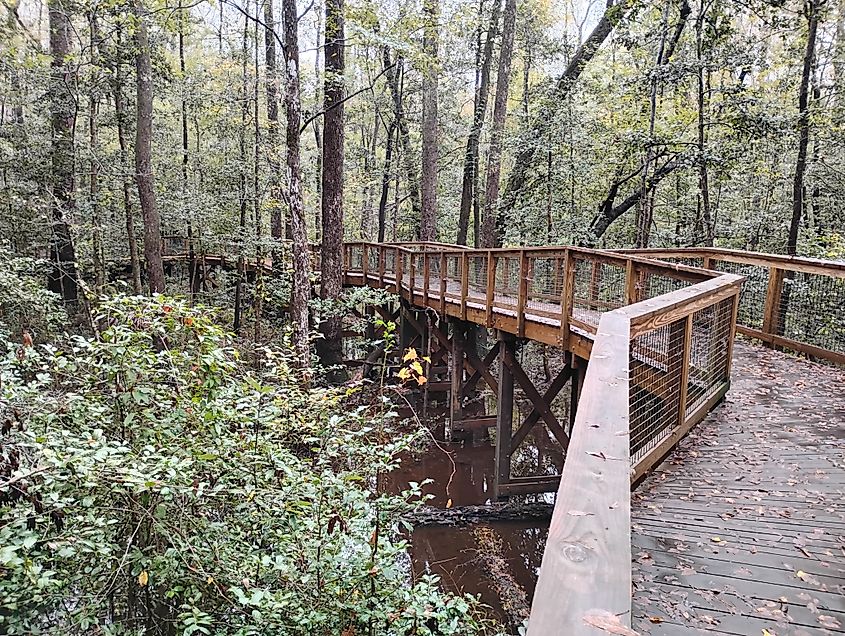
Congaree’s rise to national recognition is a testament to conservation efforts at their finest. It was not the most obvious candidate for protection. Yet its natural beauty and ecological importance attracted a coalition of advocates who understood what was at stake.
Today, Congaree National Park offers more than solitude. It is one of the last places in America where visitors can walk among trees that predate the founding of the nation, drift silently through ancient waters, and witness life thriving much as it did centuries ago.
Despite being among the least-visited parks in the National Park System, its rare old growth forest and untouched floodplain give Congaree a powerful sense of timelessness. For those willing to venture off the beaten path, the rewards are immense.
